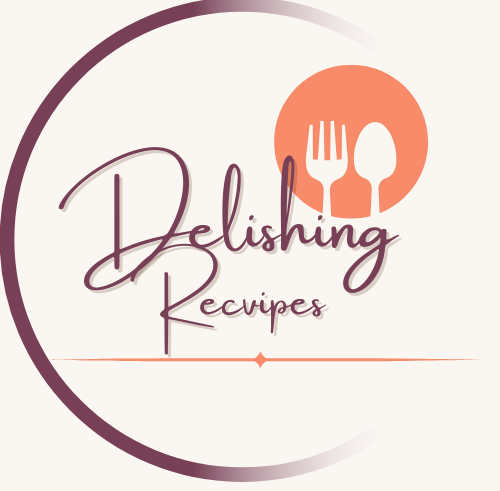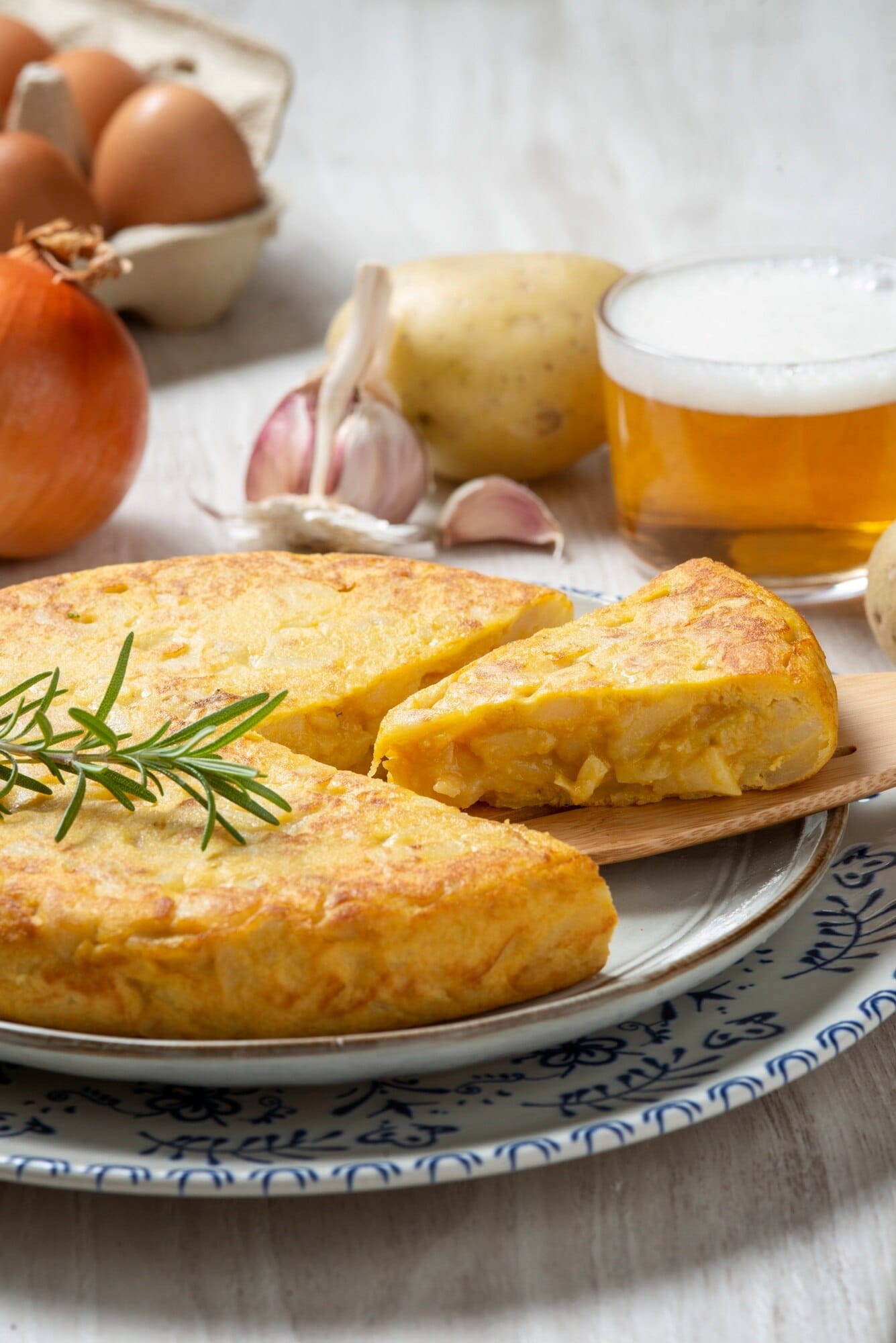Cornbread is a timeless comfort food, loved for its warm, buttery flavor and satisfyingly rustic texture. Whether served alongside barbecue, chili, or as a simple snack, cornbread is an irresistible crowd-pleaser. But if you’ve never baked cast iron skillet cornbread, you’re missing out on the golden, crispy crust and soft, tender interior that only this classic cooking method can deliver.
Why is cast iron the best way to make cornbread? The answer lies in even heat distribution, superior texture, and a naturally non-stick surface. A cast iron skillet locks in moisture while ensuring a perfectly crunchy crust, giving you the ultimate contrast in every bite.
In this step-by-step guide, we’ll take you through everything you need to know to master cast iron skillet cornbread, from choosing the right ingredients to expert baking techniques and pro tips for the perfect golden crust.
Why Use a Cast Iron Skillet for Cornbread?
Baking cornbread in a cast iron skillet isn’t just about tradition—it’s the key to perfection. While cornbread can be made in a glass dish, metal pan, or muffin tin, nothing compares to the texture, flavor, and crispiness that cast iron provides.
Here’s why cast iron skillet cornbread is the gold standard:
1️⃣ Superior Heat Distribution for Even Baking
One of the biggest advantages of using a cast iron skillet for cornbread is its superior heat distribution. Unlike aluminum or glass pans, which can have hot spots and cause uneven baking, cast iron absorbs, retains, and evenly distributes heat, ensuring every inch of your cornbread is cooked to perfection.
When you bake cornbread in a thin or lightweight baking dish, you might notice that:
❌ The edges bake too quickly while the center remains raw.
❌ The bottom of the cornbread burns before the middle is fully set.
❌ The texture turns out inconsistent—some parts overly dry while others are undercooked.
A cast iron skillet eliminates these issues by providing steady, even heat throughout the baking process. This means:
✔ No more soggy middles—every bite is evenly baked, with the perfect balance of crispy exterior and soft interior.
✔ A light, fluffy texture—cast iron distributes heat efficiently, allowing the baking powder and baking soda to activate uniformly, resulting in a perfectly risen, airy cornbread.
✔ Moist, tender cornbread every time—unlike metal pans, which can dry out baked goods, cast iron locks in moisture, ensuring that your cornbread remains soft, rich, and never crumbly.
Additionally, cast iron holds heat long after being removed from the oven, which means your cornbread stays warm for longer, making it ideal for serving at the table without the need for reheating.
💡 Pro Tip: Always preheat the cast iron skillet before adding the batter—this instantly jumpstarts the cooking process, forming a beautiful golden crust while preventing the cornbread from sticking. Let the skillet heat for at least 10 minutes in the oven before pouring in the batter for the best results!
2️⃣ Golden, Crispy Crust – The Secret to Authentic Cornbread
One of the defining features of authentic, Southern-style cornbread is its crisp, golden-brown crust. Unlike other baking methods, where cornbread can turn out soft, pale, or unevenly browned, using a cast iron skillet ensures a perfectly crunchy and flavorful exterior—just like cornbread was meant to be.
So, what makes cast iron skillet cornbread superior when it comes to achieving that iconic crispy crust?
✔ The Preheated Skillet Creates an Instant Sizzle
A hot cast iron skillet is the key to forming the perfect crust. When the batter hits the hot surface, it sizzles immediately, beginning the browning process before the cornbread even enters the oven. This quick searing effect:
- Seals the outer layer to create a beautiful golden crispness.
- Prevents sticking, making the cornbread easier to remove once baked.
- Adds a deeper flavor, reminiscent of old-fashioned, rustic cornbread recipes.
💡 Pro Tip: Always preheat your cast iron skillet in the oven for at least 10 minutes before adding the batter. This ensures maximum crispiness and prevents the cornbread from absorbing excess oil.
✔ Direct Contact with Hot Iron Locks in Moisture
One of the biggest issues with traditional baking pans is that they often produce cornbread that is dry on the outside but undercooked in the middle. However, a cast iron skillet solves this problem by allowing direct, even contact with heat on all sides.
- The hot iron surface seals in moisture, keeping the interior light, fluffy, and tender.
- The even heat distribution prevents overbaking, so the cornbread remains soft inside without turning crumbly or dense.
- The skillet’s thick walls maintain a consistent baking temperature, eliminating hot spots that can cause uneven browning.
💡 Pro Tip: To retain extra moisture while maintaining crispiness, brush the top of your cornbread with melted butter halfway through baking.
✔ A Deeply Golden, Crunchy Crust—Better Than Any Other Pan
Glass and aluminum pans simply can’t replicate the results of cast iron. While they might bake cornbread, they lack the ability to create a deeply caramelized, crispy crust. Here’s why cast iron is superior:
- Glass and aluminum conduct heat differently, leading to slower browning and a softer texture.
- Nonstick pans prevent proper browning, often producing a crust that is too light and lacks crunch.
- Cast iron holds and radiates heat longer, ensuring a deeply golden, crackly crust that adds texture and flavor to every bite.
If you want true, old-fashioned skillet cornbread, there’s no substitute for cast iron. The result is a crisp, flavorful exterior that enhances the overall taste and texture of the cornbread.
💡 Pro Tip: For an extra crispy, flavorful crust, melt a tablespoon of butter, bacon grease, or lard in the skillet before pouring in the batter. This not only amplifies the flavor but also gives the cornbread an incredible golden crunch that’s irresistible!
3️⃣ Enhanced Flavor – A Skillet That Gets Better with Time
A well-seasoned cast iron skillet cornbread has a depth of flavor that no other method can match.
✔ Cast iron absorbs flavors over time, adding rich, nutty undertones to every dish.
✔ If you grease your skillet with bacon fat or butter, it infuses smoky, savory notes into the cornbread.
✔ The more you use your cast iron skillet, the better it gets—every bake enhances its natural seasoning.
💡 Pro Tip: To maintain the seasoning, wipe your skillet with a thin layer of oil after cleaning—this prevents rusting and keeps it naturally non-stick.
4️⃣ Naturally Non-Stick & Chemical-Free Cooking
Unlike modern nonstick pans, which rely on synthetic coatings, a well-seasoned cast iron skillet is completely chemical-free and develops a natural non-stick surface over time.
✔ No need for artificial coatings or cooking sprays—just natural seasoning.
✔ Cast iron is healthier because it’s free from toxic chemicals found in Teflon-coated cookware.
✔ A well-seasoned skillet allows cornbread to slide out effortlessly, with no sticking or breaking apart.
💡 Pro Tip: Never soak your cast iron skillet in water—this strips the seasoning! Instead, use a stiff brush and warm water to clean it after use.
5️⃣ Multi-Purpose & Versatile – A Kitchen Essential
A cast iron skillet isn’t just for cornbread—it’s one of the most versatile kitchen tools you can own. Its durability, superior heat retention, and ability to go from stovetop to oven make it an indispensable cookware item for both home cooks and professional chefs.
While a standard baking dish can only be used for certain recipes, a cast iron skillet allows you to bake, sear, roast, fry, and even grill—all in one pan!
Here’s why every kitchen needs a cast iron skillet:
✔ Bake More Than Just Cornbread
If you love the crispy crust that cast iron gives cornbread, you’ll be happy to know it works wonders for other baked goods, too!
🍞 Rustic Artisan Breads – Get crusty, golden loaves of sourdough, focaccia, or no-knead bread.
🥞 Fluffy Skillet Pancakes – Achieve perfectly golden edges with a cast iron griddle.
🍪 Giant Skillet Cookies – Make chewy, gooey cookies with a caramelized bottom.
🍰 Skillet Cakes & Cobblers – Fruit cobblers, upside-down cakes, and coffee cakes bake beautifully in cast iron.
💡 Pro Tip: When baking sweet treats in cast iron, use butter or parchment paper to prevent sticking and enhance flavor.
✔ Sear Meats & Lock in Juices
Cast iron skillets are the go-to pan for achieving a perfect sear on meats, thanks to their high heat retention and even cooking surface.
🥩 Steakhouse-Quality Seared Steaks – Get a crispy crust on your steak without overcooking the center.
🍗 Crispy-Skinned Chicken Thighs – Sear on the stovetop, then transfer to the oven for juicy, tender meat.
🥓 Smoky Bacon & Sausage – Fry bacon without uneven cooking or curling edges.
💡 Pro Tip: For restaurant-quality steaks, heat your cast iron until smoking hot, then sear your meat for 2-3 minutes per side before finishing in the oven.
✔ Roast Vegetables to Perfection
Forget soggy or unevenly cooked vegetables—a cast iron skillet ensures a deep caramelization and rich flavor.
🥕 Crispy Roasted Carrots & Root Veggies – Achieve a deep, golden color without overcooking.
🥦 Charred Brussels Sprouts – Toss with olive oil and garlic for a crispy, flavorful side dish.
🥔 Skillet-Fried Potatoes – The ultimate crispy breakfast potatoes with a golden crust.
💡 Pro Tip: Cast iron retains heat longer than sheet pans, allowing vegetables to roast evenly without flipping too often.
✔ One-Pan Meals & Casseroles
A cast iron skillet allows you to sear, sauté, and bake all in the same pan, making it perfect for one-pan meals.
🍳 Shakshuka (Eggs in Tomato Sauce) – Cook the sauce, crack in the eggs, and bake all in one skillet.
🥘 Cast Iron Skillet Lasagna – Layer noodles, cheese, and sauce for an easy, oven-baked meal.
🥩 Garlic Butter Steak & Potatoes – A complete meal cooked in one skillet, ready in under 30 minutes.
💡 Want to try an easy one-skillet meal? Try our Butternut Squash Lasagna, which benefits from cast iron’s even heating and crispy, baked edges.
✔ Cook Anywhere: Stovetop, Oven, or Open Flame
One of the best things about a cast iron skillet is its versatility in different cooking environments. Unlike most cookware, cast iron is built to withstand extreme heat.
🔥 Gas & Electric Stovetops – Works on all ranges, including induction cooktops.
🔥 Oven & Broiler Safe – Bake or broil without worrying about warping.
🔥 Grill & Campfire Cooking – Use it over an open flame for outdoor cooking.
💡 Pro Tip: If you love outdoor cooking, a cast iron skillet is a must-have for camping trips—it can handle direct flames, hot coals, and even Dutch oven-style cooking!
Final Thoughts: Why Cast Iron Skillet Cornbread Is a Game-Changer
Baking cornbread in a cast iron skillet isn’t just a method—it’s a time-honored tradition that guarantees better texture, richer flavor, and a crispier crust than any other baking method.
With its even heat distribution, naturally non-stick surface, and enhanced flavor profile, cast iron remains the best choice for making perfect cornbread every time.
So, if you’re ready to take your cornbread to the next level, grab your cast iron skillet, preheat it properly, and enjoy the most flavorful, golden, and perfectly baked cornbread you’ve ever made!
🔥 Ready to bake? Follow our step-by-step guide on How to Bake Cornbread in a Cast Iron Skillet for a foolproof recipe and expert tips!
Want More Delicious Recipes?
Pair your cast iron skillet cornbread with these delicious recipes for a perfect meal:
🥘 Gluten-Free Meatballs – A hearty, protein-packed side.
🍗 Southern Fried Chicken – Crispy, juicy, and the ultimate comfort food pairing.
🥧 Pecan Pie Cheesecake – The perfect sweet Southern dessert to follow your cornbread feast.
Happy baking! 🍞🔥

